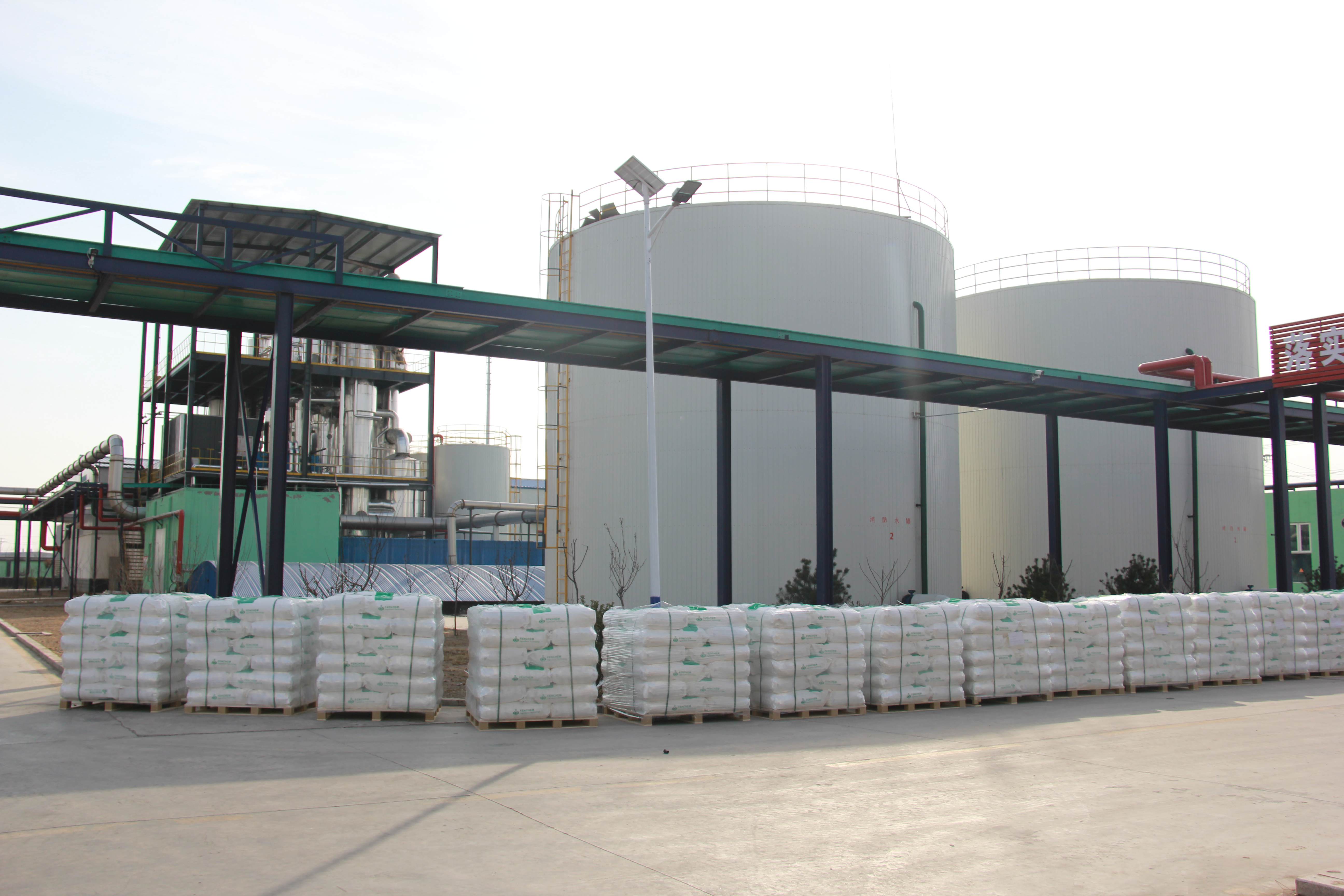Hydroxypropyl Methylcellulose (HPMC) plays a crucial role in enhancing the viscosity of adhesives, particularly in applications like tile adhesives, wall putty, and sealants. Its ability to increase viscosity provides better workability, adhesion, and bonding strength, while also offering additional benefits such as water retention and ease of application.
Here’s a detailed look at how HPMC improves the viscosity of adhesives:
1. Viscosity Control
- Function: HPMC acts as a thickener in adhesive formulations.
- Effect: It increases the viscosity of the mixture, allowing for better control during application. The higher viscosity prevents the adhesive from running or sagging, ensuring a more uniform and controlled application. This property is particularly important in tile adhesives and construction sealants where precise placement is necessary for optimal bonding.
2. Water Retention
- Function: HPMC improves water retention in cement-based adhesives.
- Effect: By retaining water within the adhesive for a longer period, HPMC enhances the hydration process of cement, leading to better bonding strength. The retained moisture ensures that the adhesive doesn’t dry out too quickly, allowing for a longer working time and more consistent performance, which is critical in large-scale applications or in hot, dry conditions.
3. Improved Workability
- Function: HPMC enhances the smoothness and consistency of the adhesive.
- Effect: The improved viscosity resulting from HPMC makes the adhesive easier to spread and apply. This ensures better coverage and adhesion to surfaces like tiles, concrete, and plasterboard. A more uniform adhesive layer is crucial for achieving optimal bonding and reducing air pockets or gaps between the adhesive and substrate.
4. Enhanced Open Time
- Function: HPMC increases the open time of adhesives.
- Effect: Open time refers to the period during which the adhesive can be adjusted or repositioned after being applied. HPMC’s water retention and viscosity-boosting properties slow down the drying process, providing a longer open time. This is especially useful in tile installation, where tiles may need to be adjusted or repositioned after initial placement.
5. Rheology Modification
- Function: HPMC modifies the rheological (flow) properties of adhesives.
- Effect: In adhesive formulations, HPMC provides non-Newtonian behavior, meaning it helps the adhesive maintain its shape and thickness under pressure. This ensures the adhesive stays in place once applied, preventing sagging or slipping, particularly in vertical or overhead applications like wall tiles. The enhanced flow properties also help the adhesive adhere better to various surfaces.
6. Improved Bond Strength
- Function: HPMC enhances the bonding properties of adhesives by maintaining their consistency and moisture levels.
- Effect: With better viscosity and water retention, the adhesive forms stronger bonds with surfaces. This is particularly important in applications like tile adhesives, where the strength of the bond between the tile and the substrate is critical to preventing cracks or detachment over time.
7. Temperature Stability
- Function: HPMC helps maintain adhesive performance across different temperatures.
- Effect: HPMC’s ability to maintain viscosity even in varying temperature conditions ensures that the adhesive remains workable in both hot and cold environments. This temperature stability is important for ensuring consistent performance in different climates and construction conditions.
8. Consistency in Different Formulations
- Function: HPMC provides uniform viscosity control across different adhesive formulations.
- Effect: Whether used in cement-based or polymer-modified adhesives, HPMC ensures that the viscosity is consistent, leading to better performance across a range of formulations. Its ability to blend well with other ingredients enhances the overall stability and effectiveness of the adhesive product.
Conclusion
Hydroxypropyl Methylcellulose (HPMC) is a key ingredient in improving the viscosity of adhesives, contributing to better control during application, enhanced water retention, longer open times, and stronger bonding. These improvements make HPMC an essential additive in construction adhesives, ensuring durability, workability, and overall performance in various applications.


